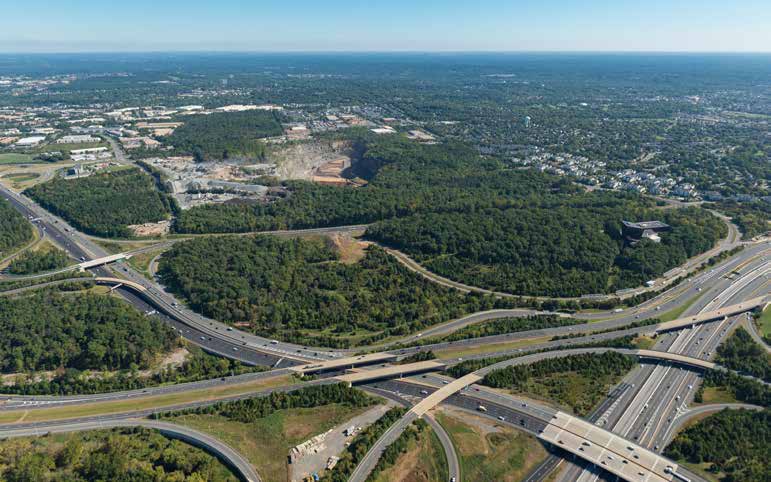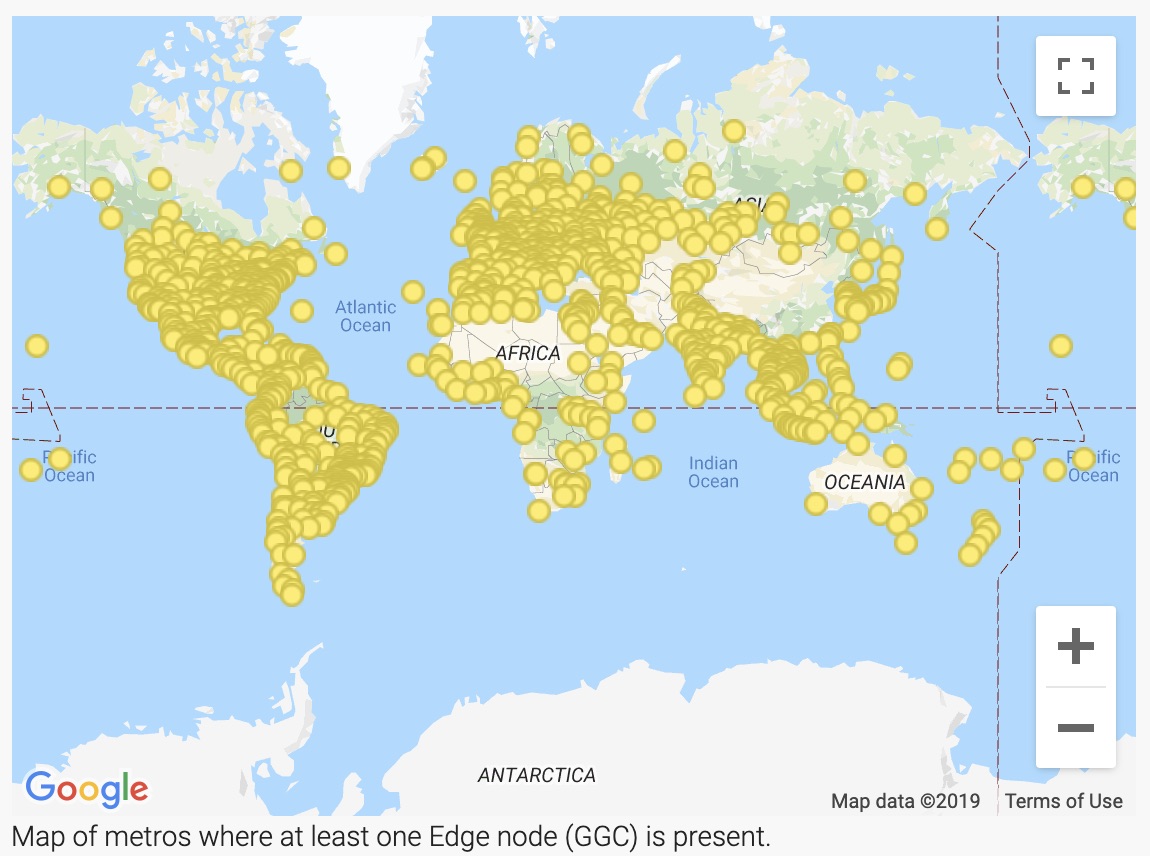More than 70 percent of the world’s internet traffic passes through Loudoun’s digital infrastructure

A frequent claim, 70% of Internet traffic passes through Ashburn / Loudoun County.
This is a constant lie that gets circulated around the Internet. It’s even published on the Loudoun County Government Webpage. This couldn’t be further from the truth. The biggest debunker is the Edge Network.
For an Internet Service Provider (ISP) in the western world, they can receive around 75% of their Internet traffic from a handfull of sources. Google, Facebook, Akamai, Netflix represent the largest of these, and all of whom have built out extensive networks to be closer to users.
 Google Cache Locations, source: https://peering.google.com/#/infrastructure
Google Cache Locations, source: https://peering.google.com/#/infrastructure
With this being true, it is impossible for this traffic to have passed through, or originated in Loudoun/Ashburn.
Why is the Edge Network important?
Apart from the obvious performance improvements achieved through lower latency, the Internet has evolved around these Edge Networks delivering traffic locally to users, so that the underlying infrastructure couldn’t even carry high volumes of traffic long distances. Cisco estimates that there is around 1,000Tbps of global Internet traffic in 2019, while Telegeography report there being less than 400Tbps of inter-continential capacity.
How Far does the Edge Go?
Packet Pushers had a Podcast talking about edge exchanges. There was a lot of hyperbole and confusion over to what an Internet Exchange is, and how Internet traffic is exchanged.
 Source: https://www.pch.net/ixp/dir
Source: https://www.pch.net/ixp/dir
There are nearly 1,000 IXPs listed on PCH’s Database, though many are defunct, and just shy of 600 on the Euro-IX IXPDB. The podcast suggested that Internet Exchanges, and Internet traffic exchange, could only happen in “Hyper Scale” data centers. Google, one of the largest Hyperscalers, has data centers in 17 cities, however PCH lists over 500 cities cointaining Internet exchanges.
Local Exchange
Beyond just Internet Exchanges, which already exist at the Edge, a lot more traffic exchange happens there. As mentioned above with Google as an example, having caches in hundreds of different cities around the world. Large Internet backbones also connect in more and more locations than before.
In the US, there is really 4 stand-out networks that aren’t interconnecting to more edge locations. These are, AT&T, Verizon, Sprint and T-Mobile. This is largely true of most Mobile/Cellular networks around the world. AT&T Wireless (AS20057) only connets to its parent organizations network (AS7018) in 13 metros. This is made worse by AT&T typically only connecting to other networks in only 9 or 10 cities in the US. Comcast, by comparison, connects in 29 unique cities across the US.
Beyond
Edge computing, powered by the Edge Network, aren’t new, they’re what is already running our global infrastructure.